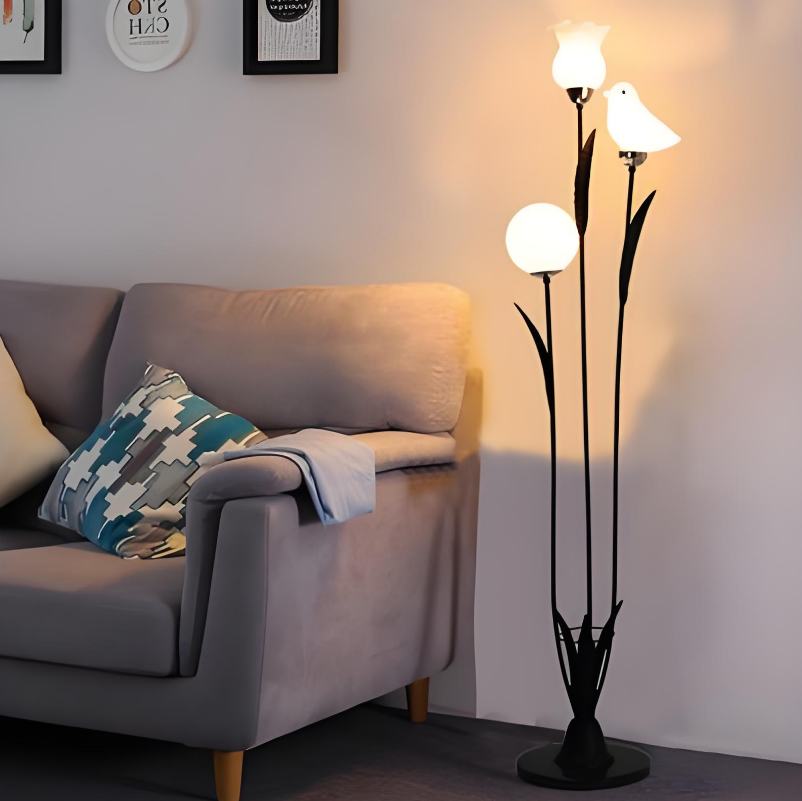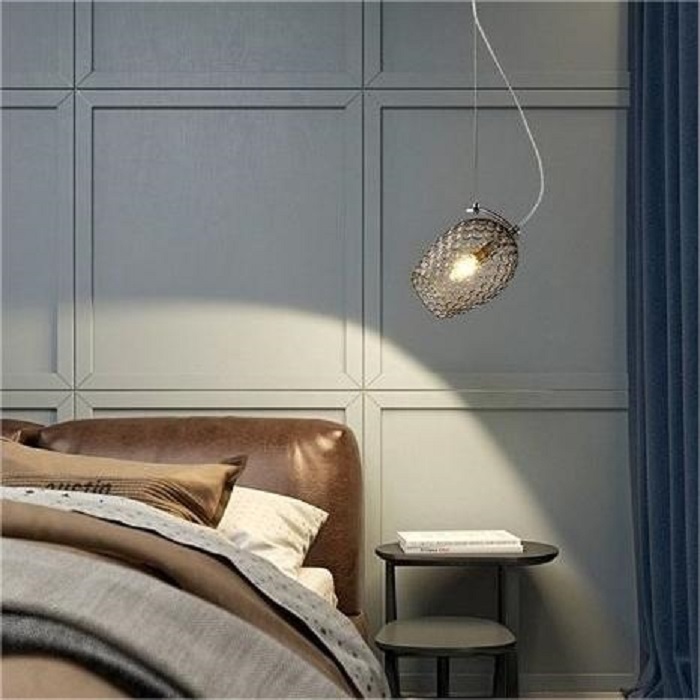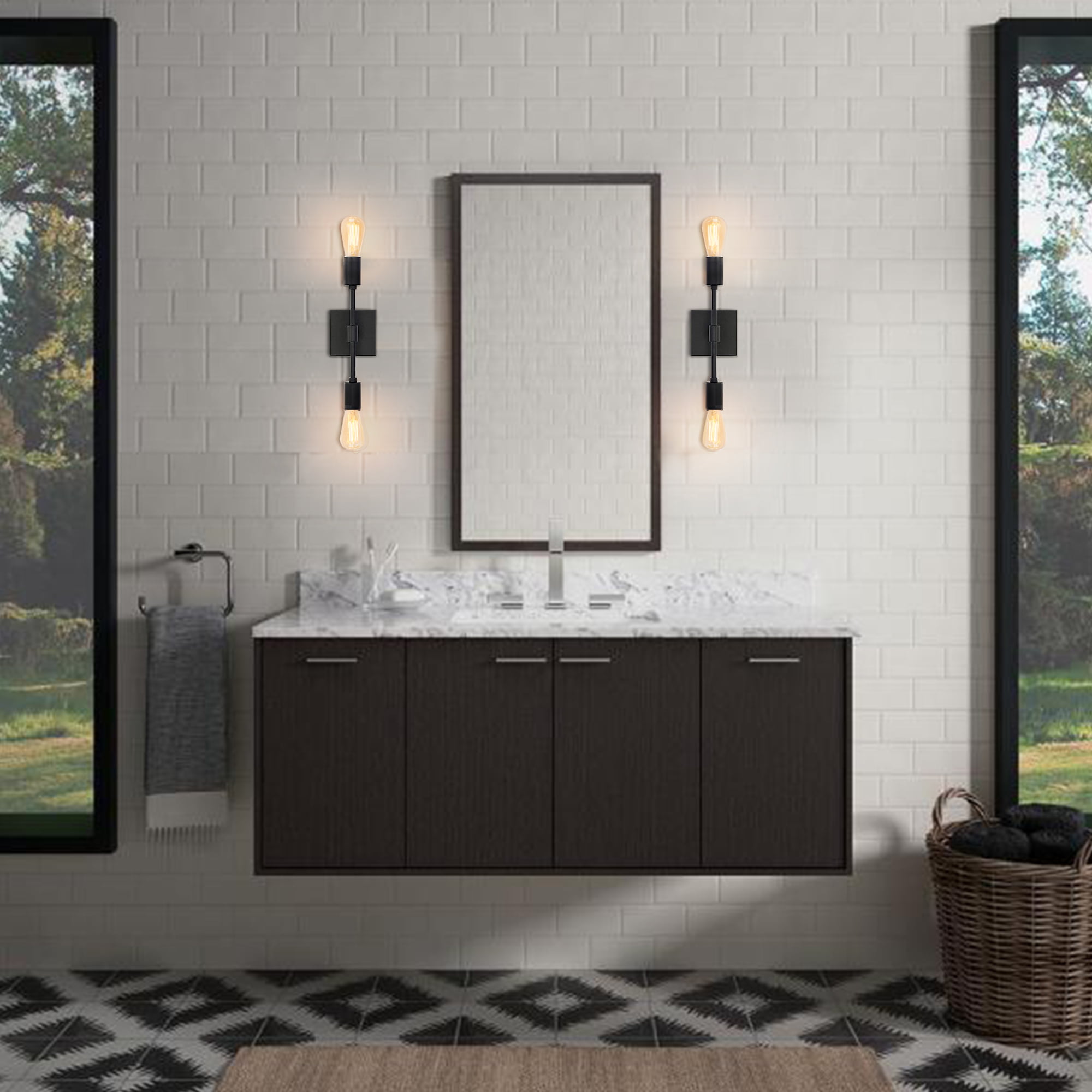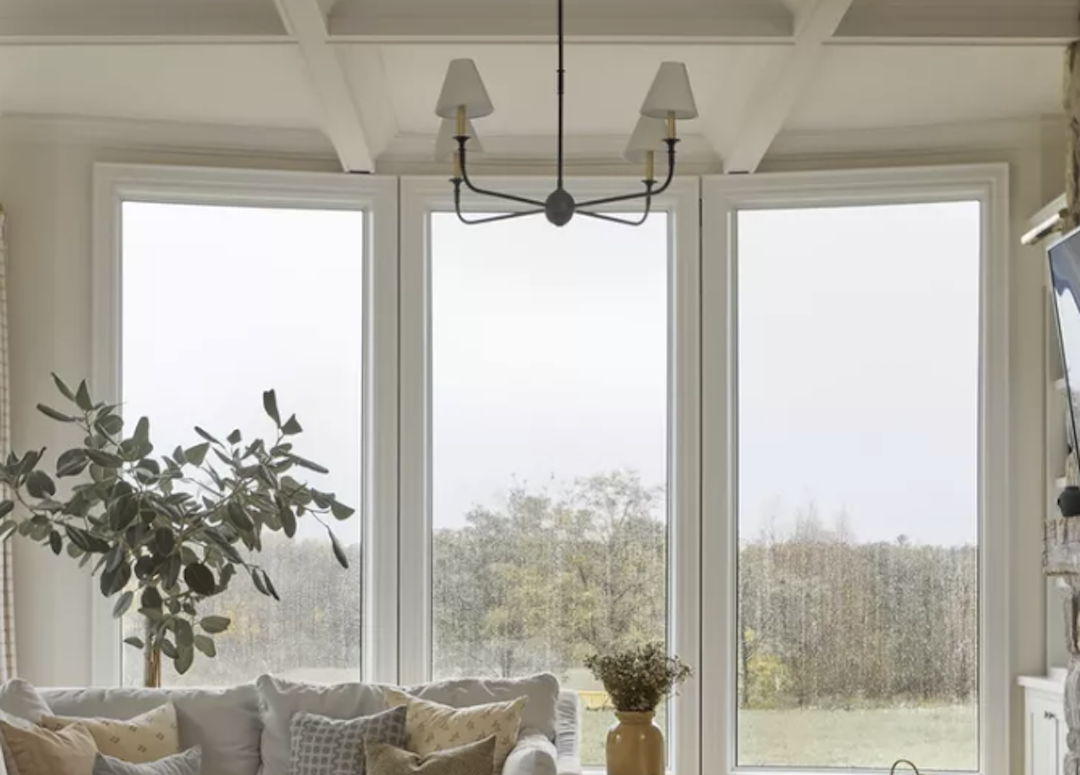Proper lighting is crucial for maintaining good eye health, particularly when working at a desk for long periods. Inadequate or harsh lighting can lead to eye strain, fatigue, headaches, and potential long-term eye damage. Conversely, well-designed lighting enhances visual clarity, reduces glare, and creates a comfortable, productive work environment.
When considering desk lighting Guffco, it’s important to evaluate factors such as intensity, color temperature, and positioning to ensure optimal eye comfort and protection. Poor lighting can contribute to long-term eye issues beyond immediate discomfort. Myopia (nearsightedness) has become more prevalent in recent years, with studies suggesting a link between excessive screen time and inadequate lighting.
Age-related macular degeneration, a leading cause of vision loss in older adults, can be exacerbated by prolonged exposure to harsh or flickering light. By prioritizing proper lighting in the workspace, individuals can reduce these risks and promote long-term eye health.
Choosing the Right Desk Lamp for Eye Protection
Brightness and Adjustability
Opt for a lamp with adjustable brightness levels to accommodate different tasks and preferences. This allows you to reduce the intensity of the light when working on tasks that require less focus, minimizing strain on the eyes.
Color Temperature and Natural Lighting
Choose a lamp with a color temperature that closely resembles natural daylight, typically around 5000-6500 Kelvin. This helps reduce glare and provides a more comfortable and natural lighting environment.
Adjustability and Design
Look for a lamp that can be easily repositioned to direct light where it’s needed most, minimizing glare and shadows. Consider the size and design of the lamp to ensure it complements your desk setup and provides adequate coverage without being obtrusive.
By carefully selecting a desk lamp that offers adjustable brightness, natural color temperature, and optimal adjustability, individuals can effectively protect their eyes from strain and discomfort while working at a desk.
Positioning Your Desk Lamp for Optimal Eye Comfort
Proper positioning of your desk lamp is crucial for ensuring optimal eye comfort and protection. When positioning your lamp, aim to minimize glare and shadows by directing the light onto your work surface rather than directly into your eyes. Position the lamp to the side of your dominant hand to reduce shadows while writing or typing.
Additionally, consider the angle of the light to minimize glare on screens or reflective surfaces. By positioning your desk lamp strategically, you can create a more comfortable and visually clear workspace, reducing strain on the eyes. In addition to minimizing glare and shadows, it’s important to consider the distance between the lamp and your work surface.
Position the lamp at a distance that provides adequate illumination without causing excessive brightness or strain on the eyes. Experiment with different distances to find the optimal position for your specific tasks and workspace setup. Furthermore, consider the height of the lamp to ensure it provides even coverage across your work surface without creating uneven lighting or shadows.
By carefully positioning your desk lamp to minimize glare, shadows, and excessive brightness, you can create a more comfortable and visually clear workspace that promotes optimal eye comfort.
Adjusting the Intensity and Color Temperature of Your Desk Lamp
Adjusting the intensity and color temperature of your desk lamp can significantly impact eye comfort and protection while working at a desk. Begin by adjusting the brightness of the lamp to a level that provides adequate illumination without causing glare or discomfort. Lower the intensity when working on tasks that require less focus or when ambient lighting is sufficient to reduce strain on the eyes.
Conversely, increase the brightness when working on detailed tasks or in low-light environments to maintain visual clarity without causing excessive strain. In addition to adjusting the intensity, consider the color temperature of your desk lamp to create a more comfortable and visually clear workspace. Opt for a color temperature that closely resembles natural daylight, typically around 5000-6500 Kelvin, to reduce glare and provide a more natural lighting environment.
This will help minimize strain on the eyes and create a more comfortable workspace. By carefully adjusting the intensity and color temperature of your desk lamp to suit different tasks and preferences, you can effectively protect your eyes from strain and discomfort while working at a desk.
Incorporating Task Lighting to Reduce Eye Strain
Incorporating task lighting into your workspace can help reduce eye strain by providing targeted illumination for specific tasks. Task lighting is designed to supplement ambient lighting by directing focused light onto work surfaces such as desks, tables, or countertops. This can help reduce glare, shadows, and uneven lighting, creating a more visually clear and comfortable workspace.
When incorporating task lighting, consider factors such as adjustability, brightness, and color temperature to ensure optimal eye comfort and protection. Choose a task light with adjustable brightness levels to accommodate different tasks and preferences. This will allow you to customize the intensity of the light based on specific tasks, reducing strain on the eyes while maintaining visual clarity.
Additionally, opt for a task light with a color temperature that closely resembles natural daylight to minimize glare and provide a more comfortable and natural lighting environment. By incorporating task lighting into your workspace with adjustable brightness and natural color temperature, you can effectively reduce eye strain and discomfort while working at a desk.
Incorporating Ambient Lighting for a Balanced Environment
Color Temperature for a Natural Lighting Experience
When selecting ambient lighting, choose options with a color temperature that closely resembles natural daylight. This helps reduce glare and provides a more natural lighting experience while working at a desk. A natural color temperature creates a more visually comfortable environment, promoting optimal eye comfort.
Even Distribution for a Shadow-Free Workspace
Consider the distribution of ambient lighting to ensure even coverage across the workspace. This helps prevent harsh shadows or uneven lighting, creating a more balanced environment. Even distribution of ambient lighting promotes a comfortable and visually appealing workspace.
Customizable Control Options for Optimal Comfort
Incorporate control options such as dimmers or multiple light sources to customize the ambient lighting based on specific tasks and preferences. This allows individuals to adjust the lighting to their needs, creating a balanced and visually comfortable workspace that promotes optimal eye comfort. By incorporating ambient lighting with natural color temperature, even distribution, and customizable control options, individuals can create an ideal workspace that supports their well-being.
Additional Tips for Protecting Your Eyes While Working at a Desk
In addition to proper desk lighting, there are several additional tips for protecting your eyes while working at a desk. Take regular breaks to rest your eyes and reduce strain from prolonged screen time or focused tasks. Follow the 20-20-20 rule by looking at something 20 feet away for 20 seconds every 20 minutes to give your eyes a break from close-up work.
Additionally, adjust screen settings such as brightness, contrast, and font size to reduce glare and improve readability. Consider using blue light filters or computer glasses to reduce exposure to harmful blue light emitted by digital screens. Blue light filters can be applied to screens or obtained in the form of specialized glasses that block or absorb blue light wavelengths.
Finally, maintain good posture and ergonomic positioning while working at a desk to reduce strain on the eyes and body. Ensure that your monitor is positioned at eye level and that your chair provides adequate support for your back and neck. By incorporating these additional tips into your workspace routine, you can further protect your eyes from strain and discomfort while working at a desk.
In conclusion, proper lighting is essential for maintaining good eye health while working at a desk. By choosing the right desk lamp with adjustable brightness and natural color temperature, positioning it strategically to minimize glare and shadows, adjusting its intensity based on specific tasks, incorporating task and ambient lighting for balanced illumination, and following additional tips for eye protection, individuals can create a visually comfortable workspace that promotes optimal eye comfort and protection. Prioritizing proper lighting in the workspace is crucial for reducing eye strain, fatigue, headaches, and long-term damage to the eyes while promoting long-term eye health.





